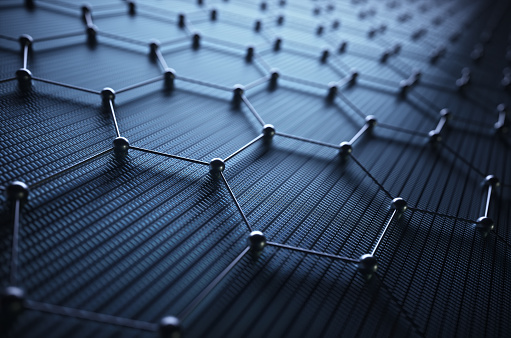Unlocking the Potential of Layered Nanomaterials: A New Method for Chemically Tailoring Them
Recent advances in nanotechnology offer the possibility of creating nanomaterials with novel properties. In a new paper published in Nature Communications, researchers at the University of Bristol have demonstrated a method for chemically tailoring layered nanomaterials, allowing for fine-tuning of the material’s physical and chemical characteristics. The technique, which combines the properties of two-dimensional materials with those of nanomaterials, could open up a range of new applications in various fields.
The research team, led by Dr. Stephen Roberts, has developed a novel method for chemically tailoring layered nanomaterials. This method combines the properties of two-dimensional materials, such as graphene, and those of nanomaterials, such as nanoparticles. By chemically modifying the material’s surface, the team was able to fine-tune the material’s physical and chemical characteristics. This could lead to the development of new materials with unique properties, such as stronger materials that are lighter in weight, or materials with improved optical, thermal, or electrical properties. The team hopes this breakthrough will open up a range of new applications in various fields, such as electronics, energy storage, and biomedicine.
source: Phys.org
